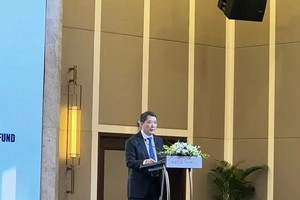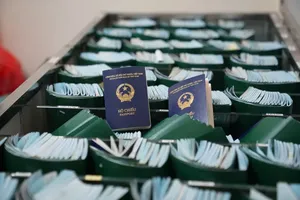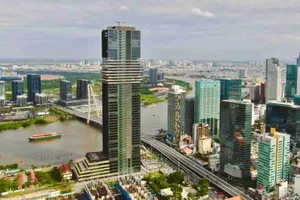After continuously reducing, deposit or reward interest rates have recently increased back as commercial banks have managed to increase their capital source for lending to meet this year’s credit growth rate target and bad debt provision.

Deposit interest rates for 12 month term sometimes dropped to the record low levels of only 6.5-7 percent a year. However this trend has seemed to stop and move in the opposite direction at a number of commercial banks.
Military Bank has increased the Vietnamese dong deposit rate by 0.1-0.2 percent for three-eight month terms since June 5.
DongA Bank hiked the rate from 5.6 percent to 6 percent for nine month term and 5.3 percent to 5.5 percent for six month term. Other terms have also seen it slightly up.
Asia Commercial Bank lifted the reward rate up by 0.2 percent for 12, 24 and 36 month terms.
Besides joint stock commercial banks, state commercial banks have also increased their deposit rates.
The Vietnam Bank for Agricultural and Rural Development has raised it by 0.3 and 0.5 percent touching 6.5 and 6.8 percent for 18 and 24 month terms.
A survey shows that the reward interest rates have edged up an average of 0.08 percent after falling to their rock-bottom levels.
Continuous failures of bond bidding sessions have also signaled the deposit rate increase to mobilize capital.
The liquidity of many banks is not good forcing them to raise reward rates.
Data from the National Financial Supervisory Commission shows that credit growth rate in the first quarter this year hit 1.91 percent and deposit growth rate reached only 0.98 percent.
Experts said that loan growth rate was higher than deposit rate sending banks to hike the reward rate.
On the other hand, banks have intensified individual consumption lending with many attractive promotional programs to obtain the credit growth rate target of 15-17 percent set for this year, which is much higher than that in recent years.
According to first quarter financial reports from banks, deep debt rate has been on the rise since the beginning of the year, especially after April 1 when the State Bank of Vietnam’s decision to extend debt payment time expires. Commercial banks have also had to increase the sale of their bad debts to the Vietnam Asset Management Company.
These have forced them to ram up capital mobilization for provision and better liquidity.













)

)








